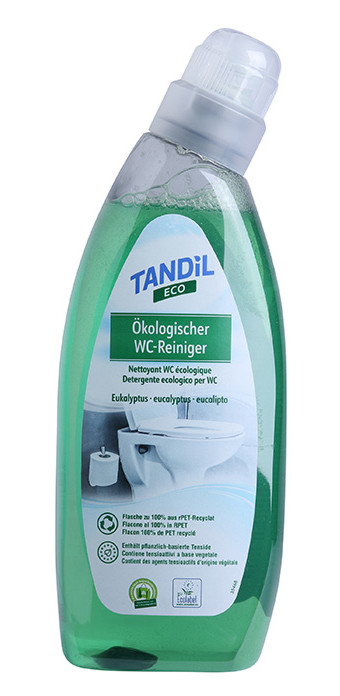Hey everyone,
It’s been a while since I updated this blog. It doesn’t seem much traffic so one has to wonder what’s the point, but I suppose it’s one of the avenues in which I can broadcast some of my thought process to other people. Perhaps someone will be inspired by something I wrote and make something useful of it, who knows.
Today’s curiosity dive has to do with toilet cleaning substances of all things. I’ve recently moved to a new place and while this place is the perfect mix of being close enough to major infrastructure and being far away enough to be suitably unpopulated, it does have some of those downsides if you will, common to many such locations. Namely, no real sewer system, instead a simple local septic system. Probably quite sufficient for the oxygen demand load of two of us who live here, but having a limited ability to break down any toxic substance I might use to clean the toilet.

Considering that, I was a little bit more curious regarding what exactly I purchase. The store had 3 types: standard blue, lemon yellow and organic green. Organic green was my obvious choice, but what is it exactly? The ingredients list on all 3 types was your generic “less than 5% anionic surfactants”.

I inspected the packaging and all it said was that the bottle was recycled, asif that’s what mattered to someone who brought the green one as opposed to the other types. The point that they weren’t willing to go so far as to say that the “green organic WC gel” was not hazardous to the environment, was a bit concerning to me at this point.
So what are these 5% anionic surfactants actually made of? Well, Chinese manufacturer to the rescue! I realise it’s not exactly great for their environment either that they manufacture all these things but at least unlike the high society europeans who packaged the thing, they have the decency to tell you what is actually in the bottle. So basically, toilet cleaners, dish soaps and laundry powders are essentially all different types of organic chemical soaps, that have physical characteristics that make them appealing to use in specific ways.
CTAC is corrosive and a runny gel that likes to cling to surfaces, making it usable for toilet cleaning gels. CDEA is a thicker gel thus used as manual dishwashing soap. And SLES is a solid soap that makes a lot of foam, suitable for use for laundry. All of them, of course corrosive toxic irritants, that are classified in the Globally Harmonized System of Classification and Labelling of Chemicals with the codes H400 and H410 as Very toxic to aquatic life with long lasting effects.
 So… organic and plant-based, but very much hazardous to the environment and probably the last thing you want to be putting in your toilet on a regular basis. *sigh* How is this even legal?
So… organic and plant-based, but very much hazardous to the environment and probably the last thing you want to be putting in your toilet on a regular basis. *sigh* How is this even legal?
This information was by no means easy to get, or particularly available to me as the consumer, having a choice of 3 identical products that are all toxic. I wonder how many people here in Europe, realise just how bad things that we consider normal, actually are for the environment.
LP,
Jure